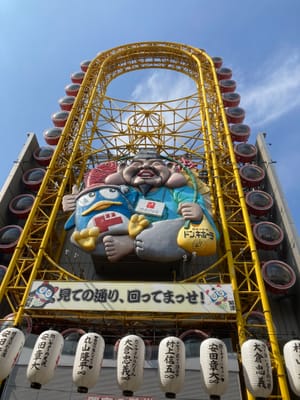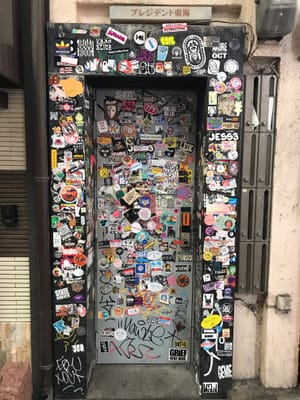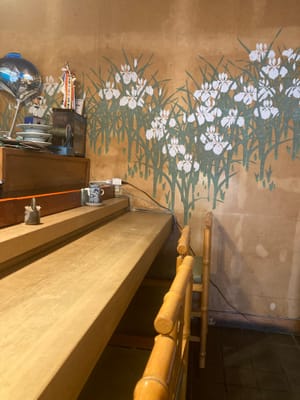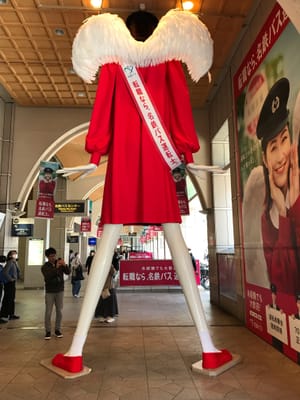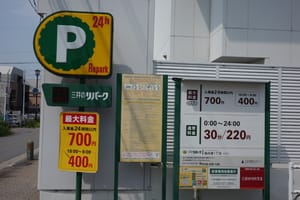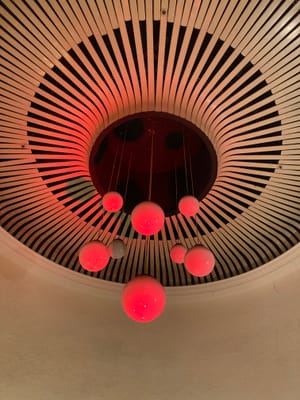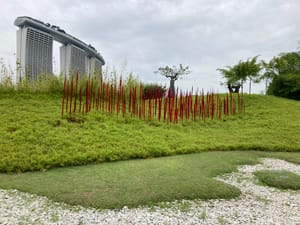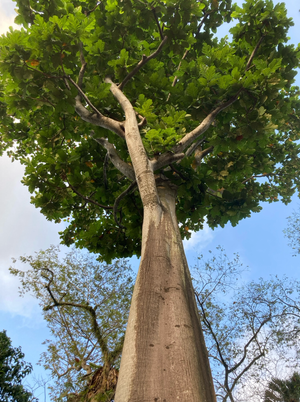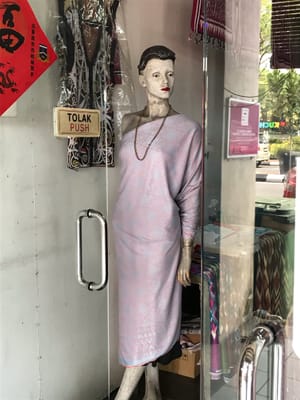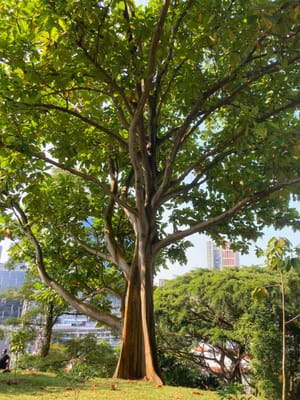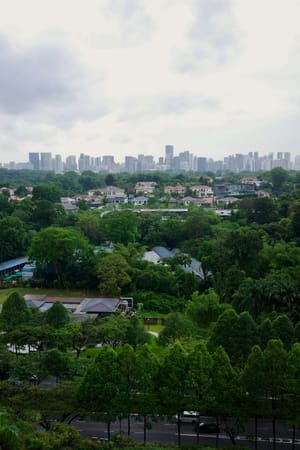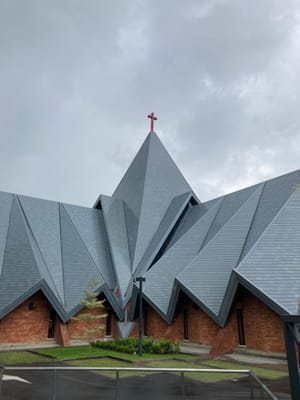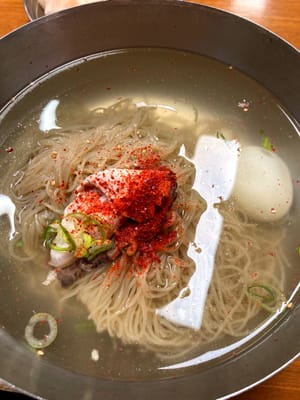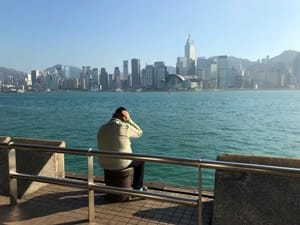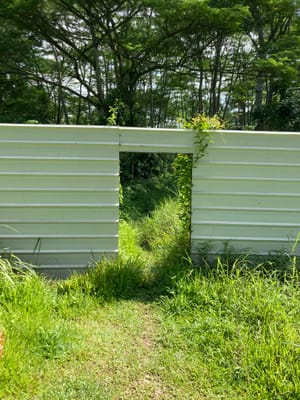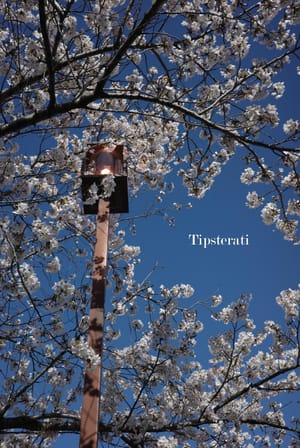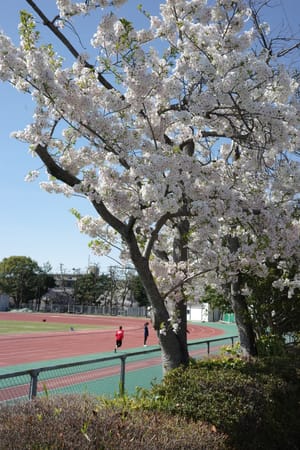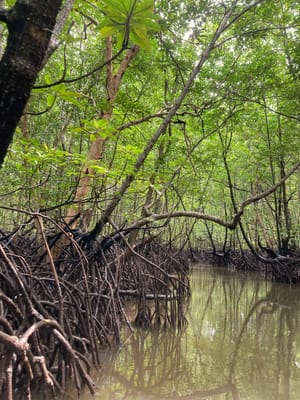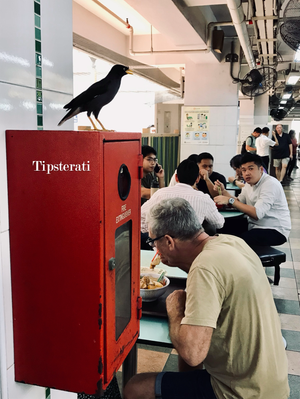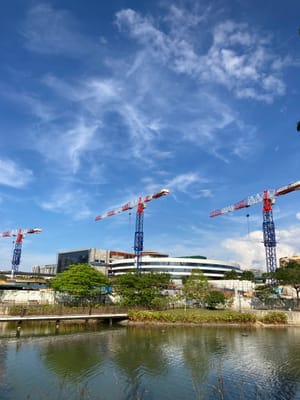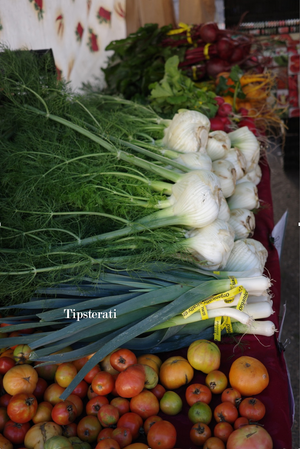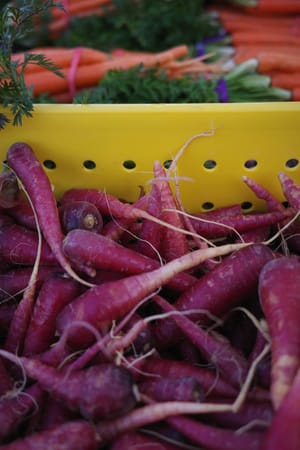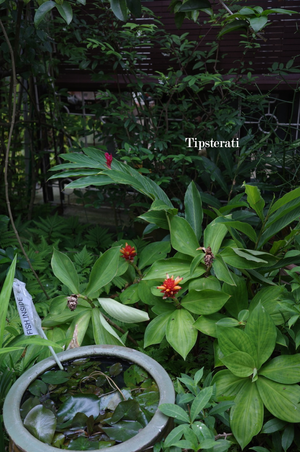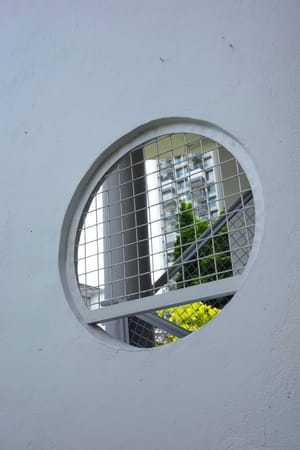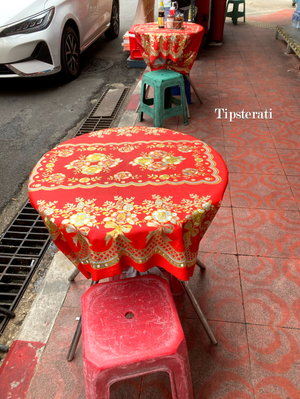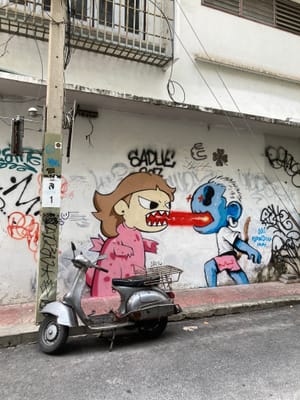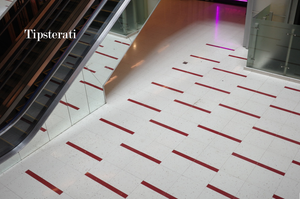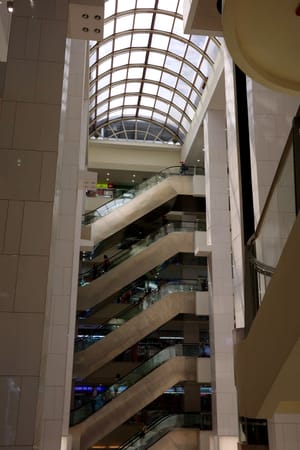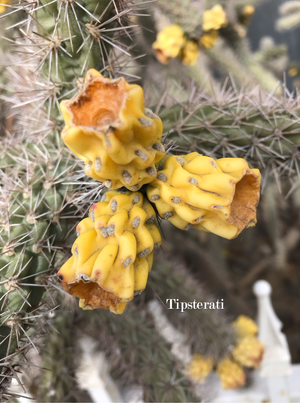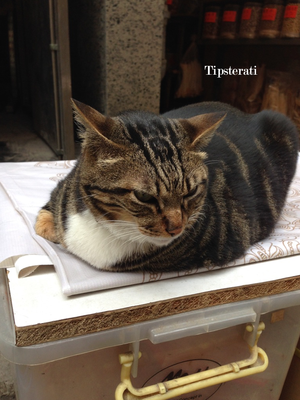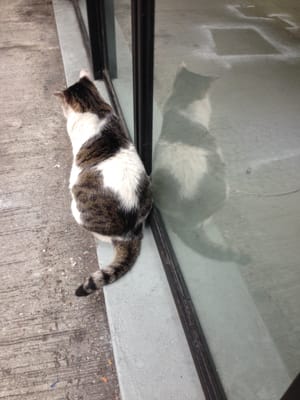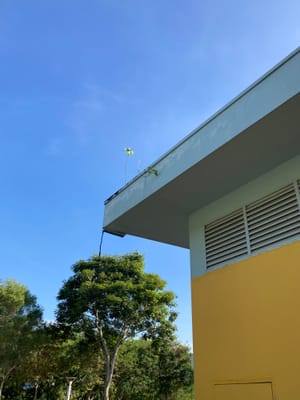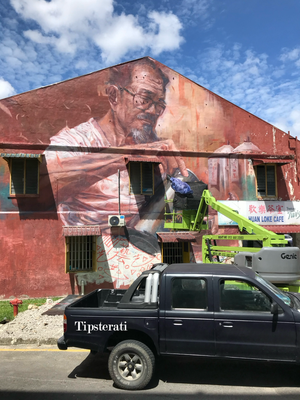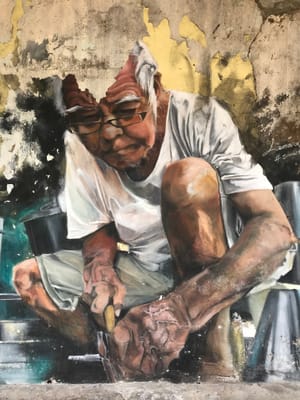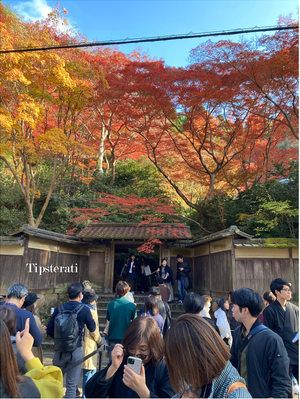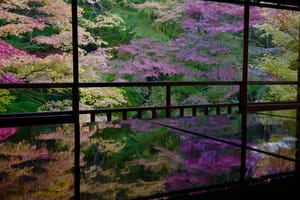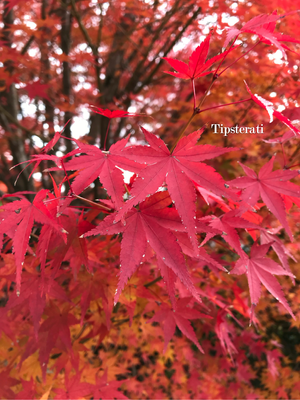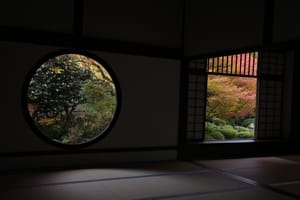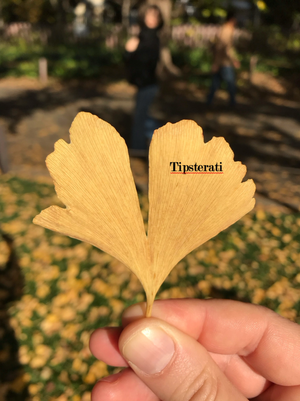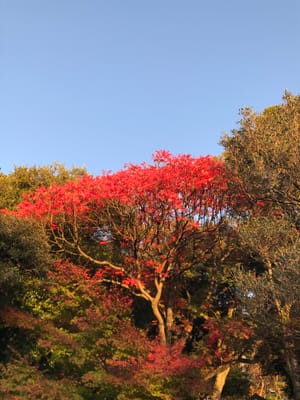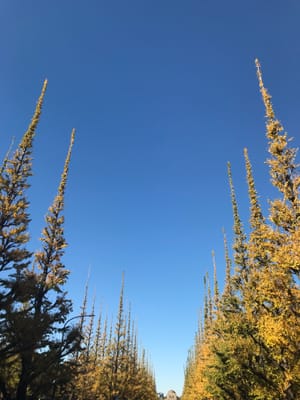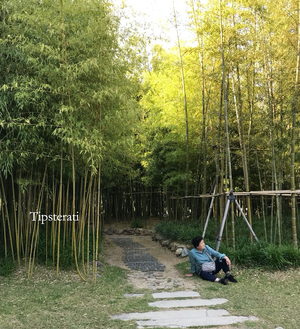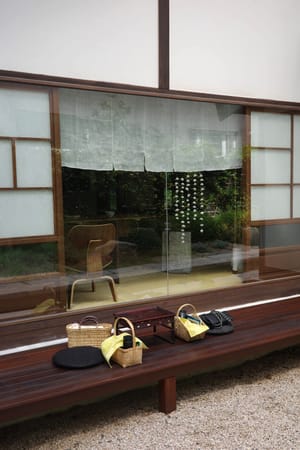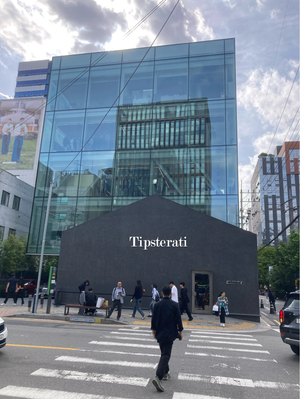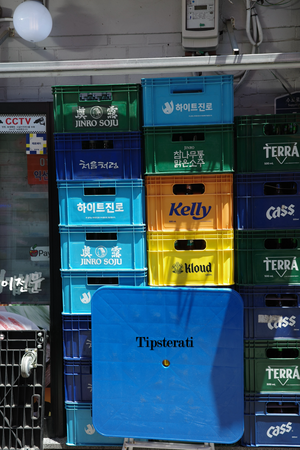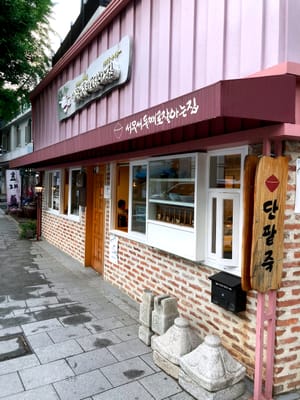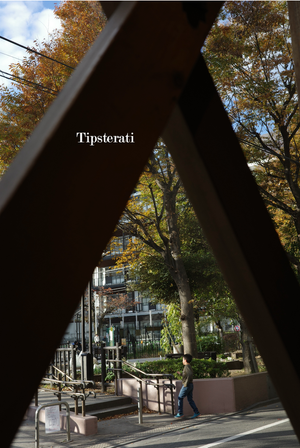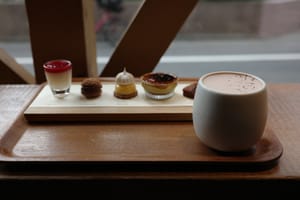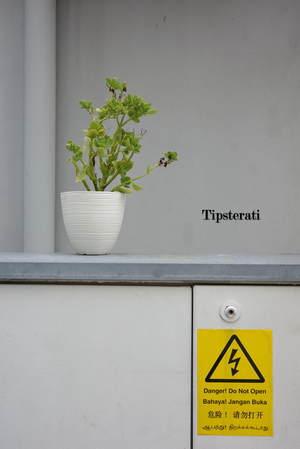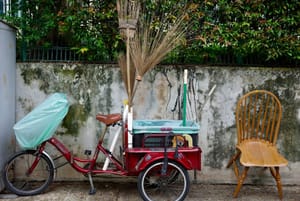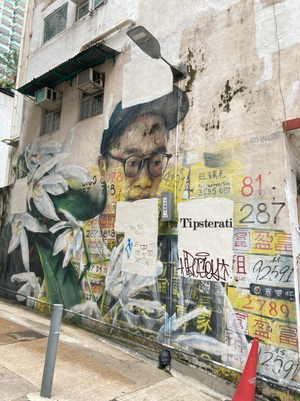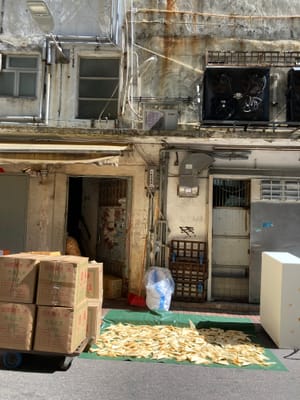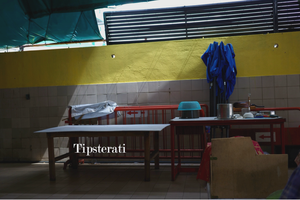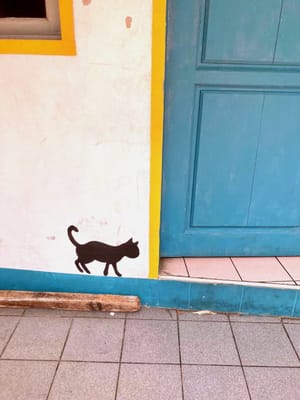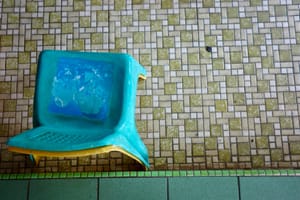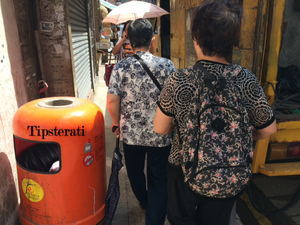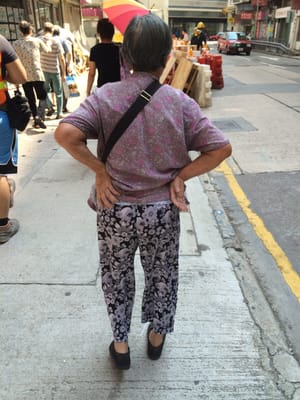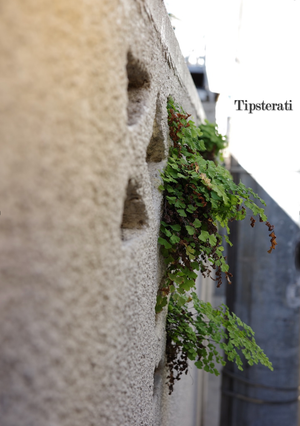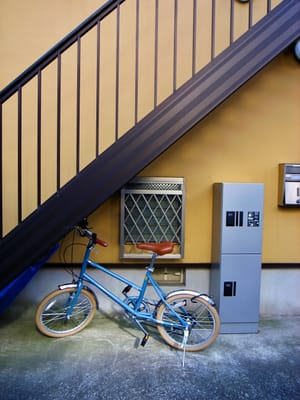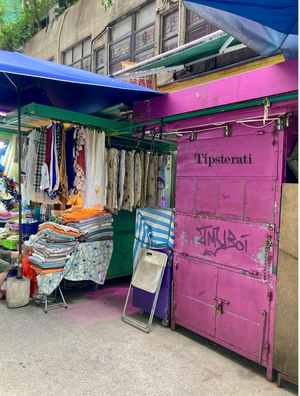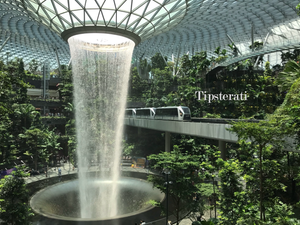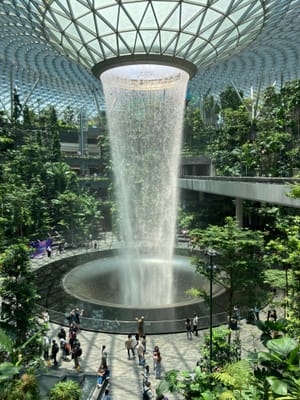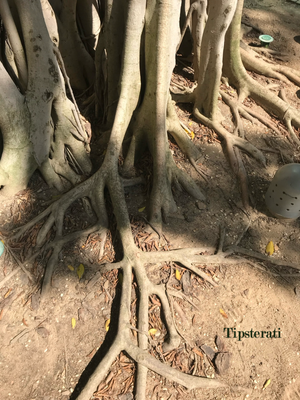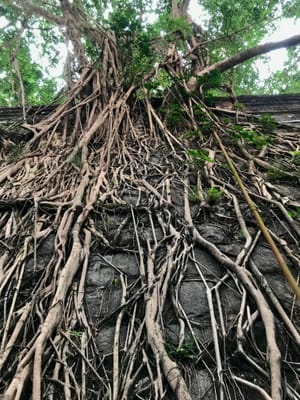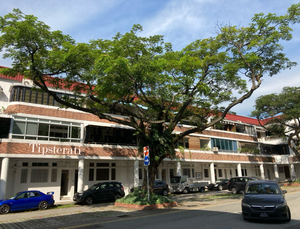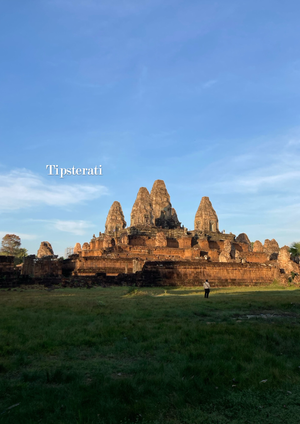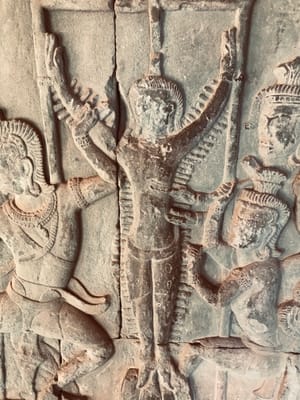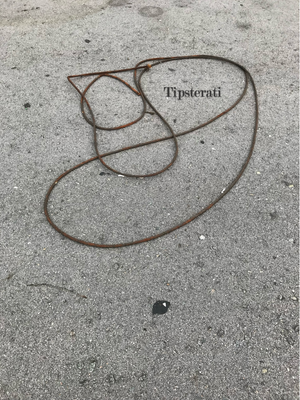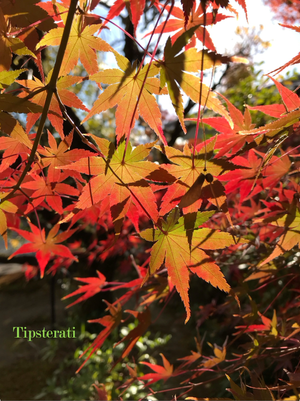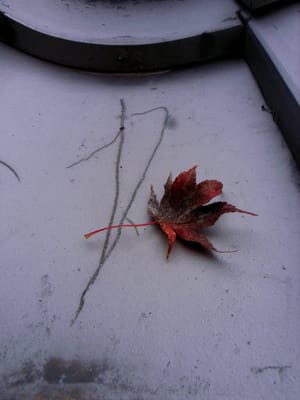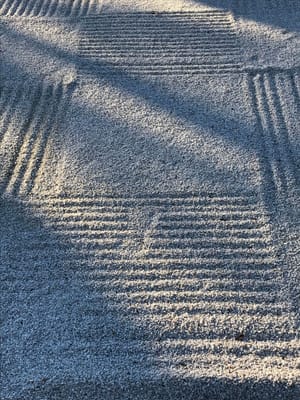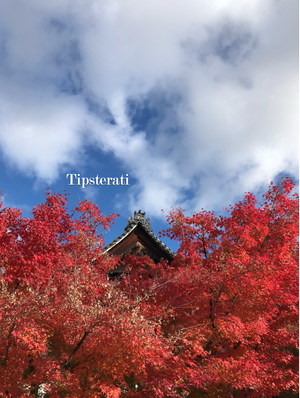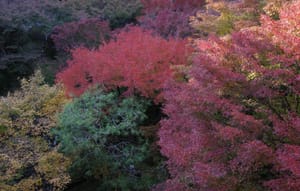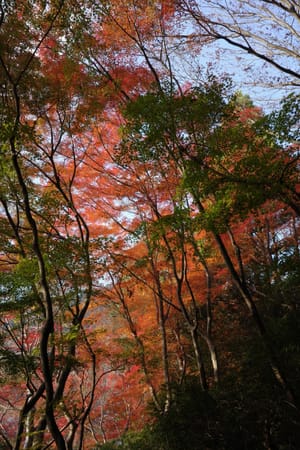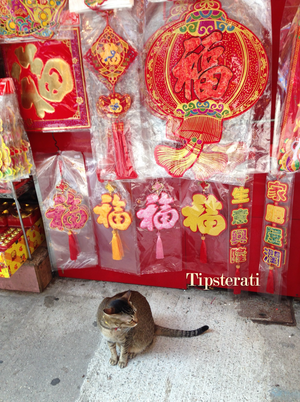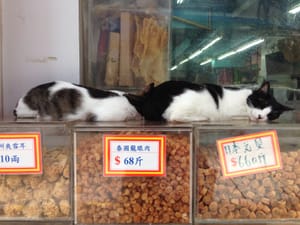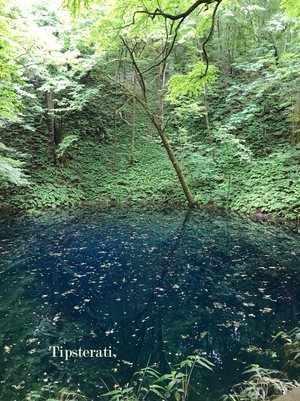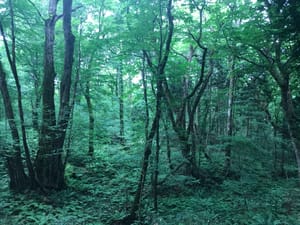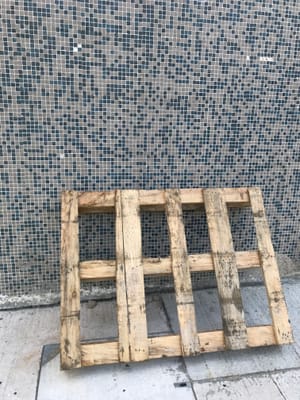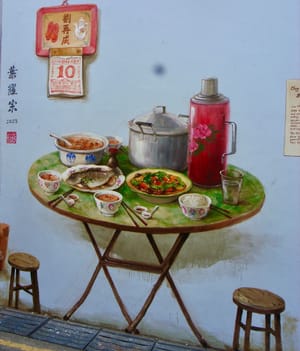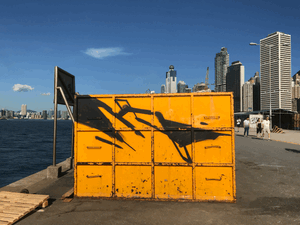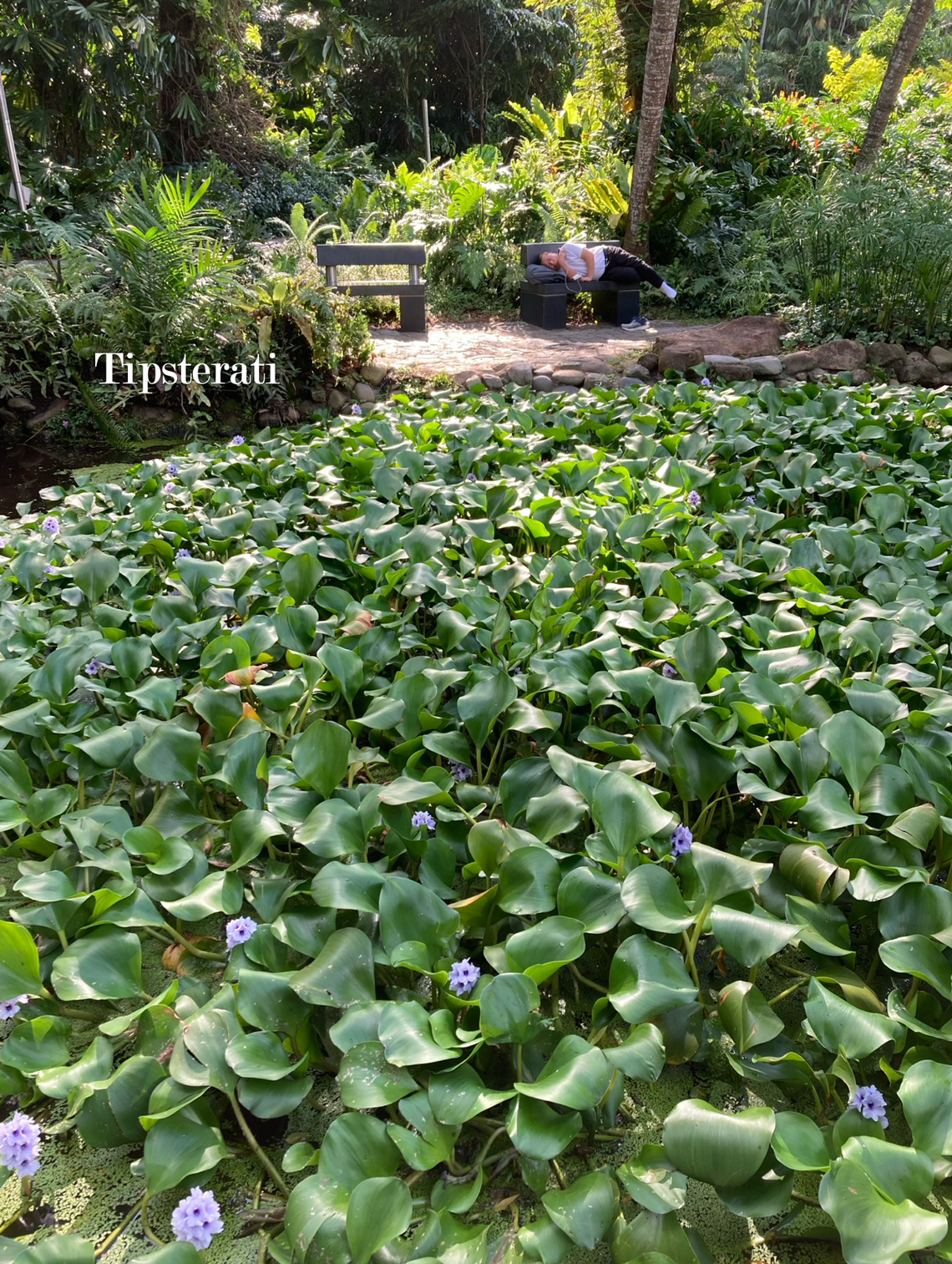
A Singapore Travel Itinerary: Part II
Another 24 hours in Singapore…
9 am Walk the Green Corridor (aka the Rail Corridor)
For early risers and nature lovers, walking the former railway line from Singapore to Malaysia would be a great way to get a taste of Singapore’s flora and fauna. The corridor is long, so you can choose which section you would prefer to tackle. You could start further north at the access point near Hillview MRT and head south as far as you like. For a shorter walk, begin at the entry near King Albert Park MRT station and head south. The walking is flat and easy but make sure to bring a hat and some water, especially if you are not used to Singapore’s heat and humidity.
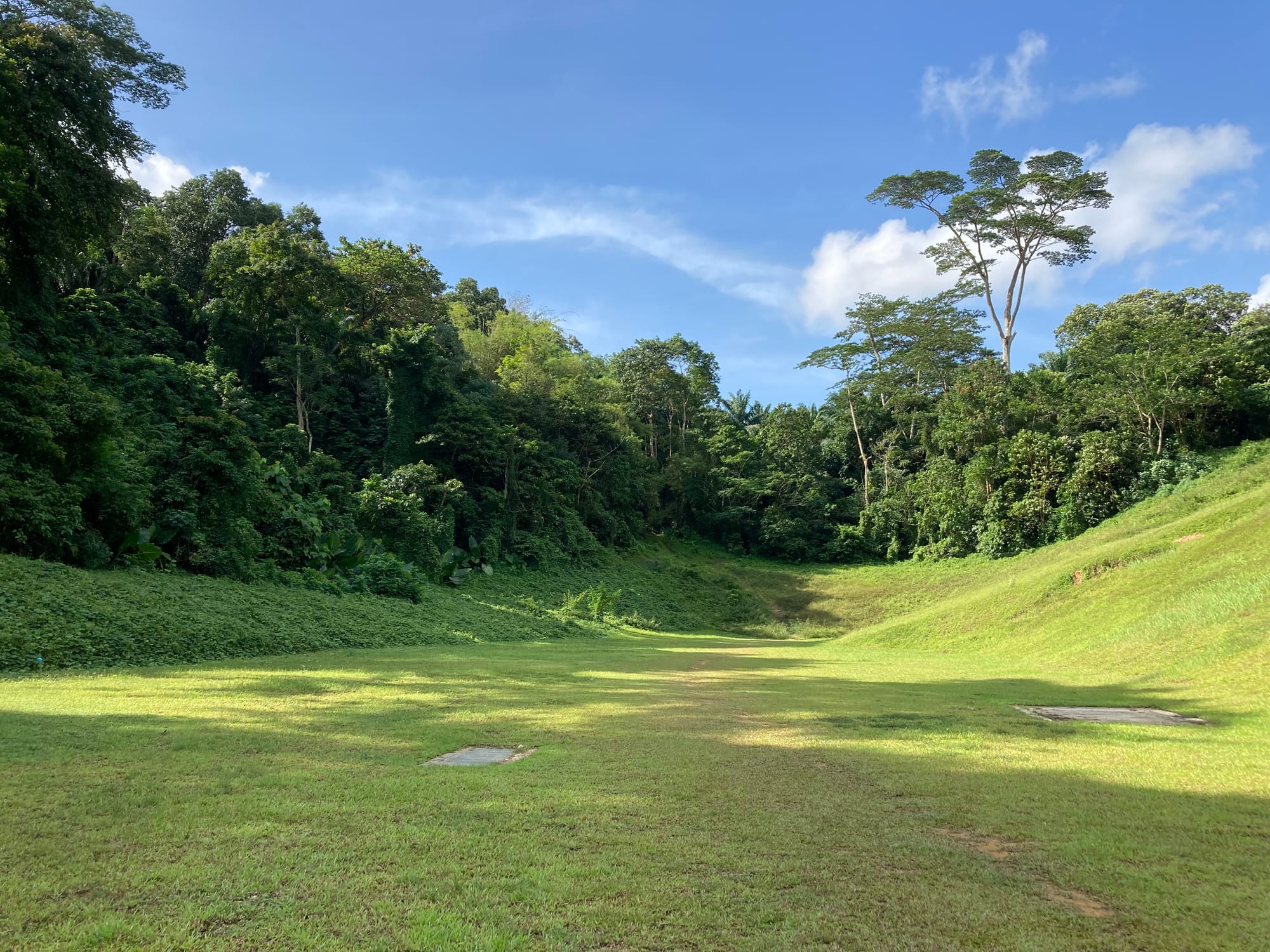
10:30 am Explore Holland Village
Veer off the Green Corridor and find your way to Holland Village. Formerly a neighbourhood popular with British colonial residents, it still retains a slight expat-orientated vibe. Grab a coffee and pastry at Keong Saik Bakery at Chip Bee Gardens to revive yourself, and then explore the area. Make sure to take in Jalan Merah Saga, Lorong Mambong, and Lorong Liput. Do also check out the shops at Holland Road Shopping Centre. It’s an old mall and the shops range from French fashion to regional wood products. I’d recommend visiting Wellie Batik Fashions while there. This is a family business, where the indomitable Uncle Wellie (who is in his 90s) still sews up a storm. His son Eric will help you navigate the delightful but overwhelming choices of batik scarves, shirts, skirts, and dresses. Before you leave the building, drop into Independent Market for a wide range of unique and quirky Singapore books and souvenirs.
12 noon Lunch
If you end up spending too much time shopping and feel peckish, lunch at Le Bon Funk on Holland Avenue (only open for lunch on the weekends). I like the outdoor tables facing a small lush patch of greenery. Le Bon Funk draws on European ingredients with occasional Asian flourishes. The focus is on impeccably devised small plates meant for sharing. Expect maximal flavour and attention to texture. The only drawback is the price. You are likely to pay around US$60-80 per head (or more if you have alcohol), but it will be a superb meal and a relaxing experience.
If you want more local fare, head to the Holland Village Market & Food Centre instead and, as you go, notice the slight hilliness of the area. You might come to realise as you wander in Singapore that the terrain in this city state is oddly flat, mainly because so many of our hills were leveled and the soil used in land reclamation. To encounter locales that still retain their natural gradient is a sure sign that the area has been inhabited for a long time. Putien, specialising in Fujian seafood dishes, just opposite the Food Centre is also a solid option.
2 pm Return to your lodgings to rest, freshen up, and change.
4 pm Emerald Hill’s conservation houses
This is just off Orchard Road at Somerset MRT station, so you can fit in some shopping first if you fancy and then take a little detour to look at some wonderful examples of pre-WWI terraced housing. Notice that the second storey of each house is built as an overhang above the entrance, creating a covered walkway: an extremely useful feature to provide shade in the tropics. Take note of the colourful tiles on the front of some houses, as well as other ornate decorative features. There is quite an architectural mishmash—Corinthian columns with carved Chinese reliefs of flowers and birds. Keep your eyes peeled for an open window or door that might allow you a peek into one of these houses.
If walking around Emerald Hill leaves you in need of refreshment, check out Alley Bar, a charming drinking hole created from an alley between two old shophouses.
5:30 pm Tiong Bahru
Walk around Singapore’s oldest public housing estate. The oldest buildings designed in an Art Deco style date from the 1930s, but the later blocks developed in the early 1950s are quite charming too. I’d recommend walking along the paths between the blocks along Lim Liak Street to admire the gardens that residents living on the ground floor have created. You can read more about Tiong Bahru here.
6:30 pm Dinner @ Long Ji Zi Char
From Tiong Bahru, walk to Long Ji Zi Char. A zi char is a rough-and-ready, local eatery which focuses on seafood and meat dishes cooked in large portions to be shared with a group. Such a place works best if you have at least 3 or more people. This way you can sample more dishes. Here you can order crab prepared in the usual styles Singapore is known for. Most tourists are familiar with chilli crab, but there are other options too: black pepper crab, butter crab, salted egg yolk crab.... Long Ji’s specialty, though, is crab bee hoon (rice vermicelli), and this is what I would recommend that you order.
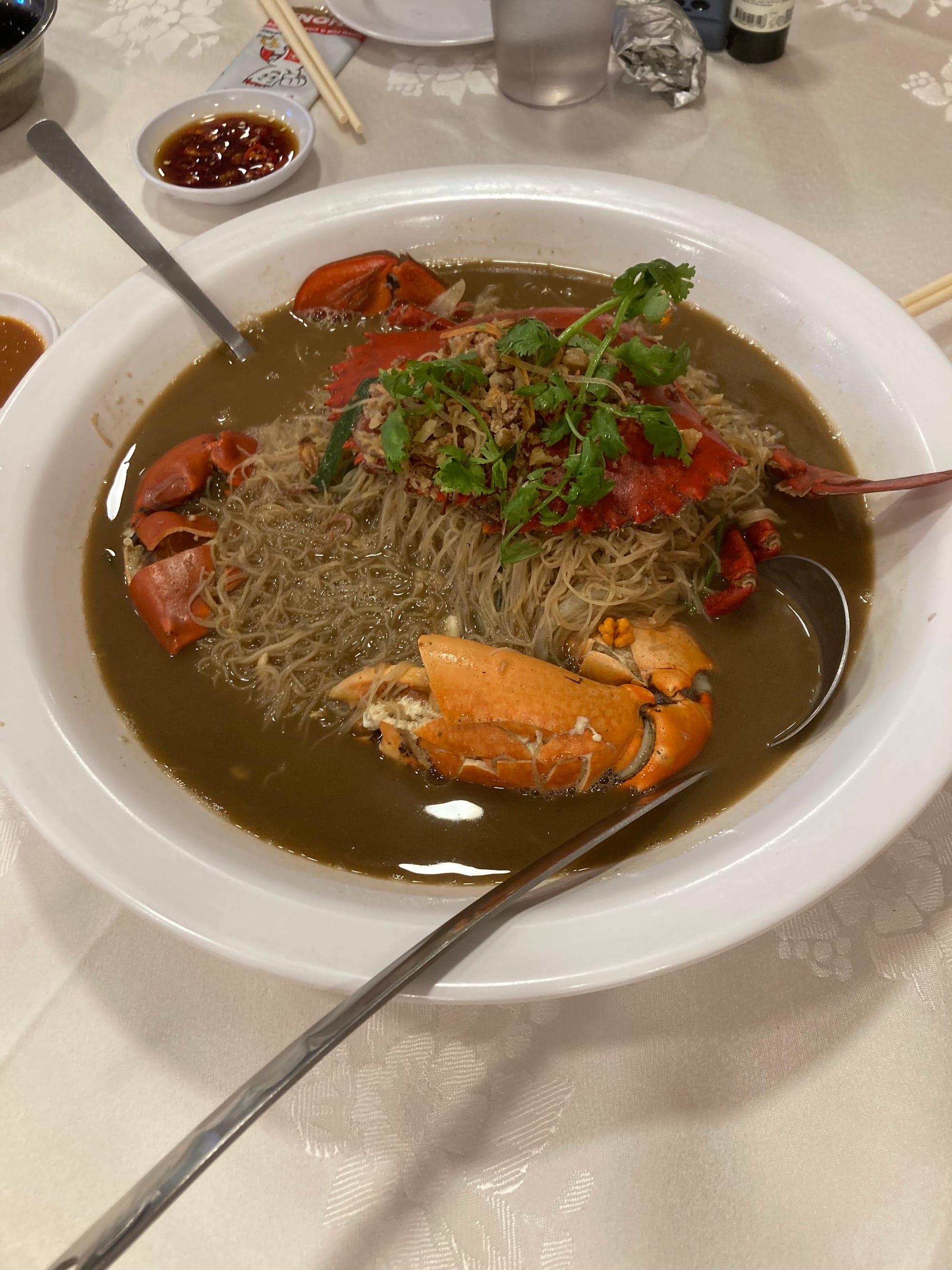
If seafood isn’t your thing, then try House of Peranakan Petit on Eng Hoon Street for some Peranakan cuisine instead. There is also The Butcher's Wife in Yong Siak Street for some gluten-free Brazilian specials.
After-dinner drinks
Native at Amoy Street
Fancy some jackfruit rum with laksa leaves? Or Ceylon arrack with Sri Lankan spices? The cocktails at Native feature Asian ingredients and come in combinations that will intrigue you. For the non-drinkers, the homemade ginger beer is excellent.
